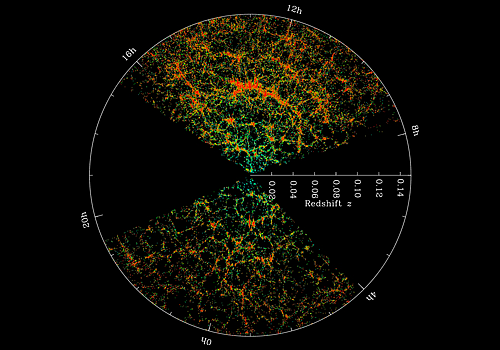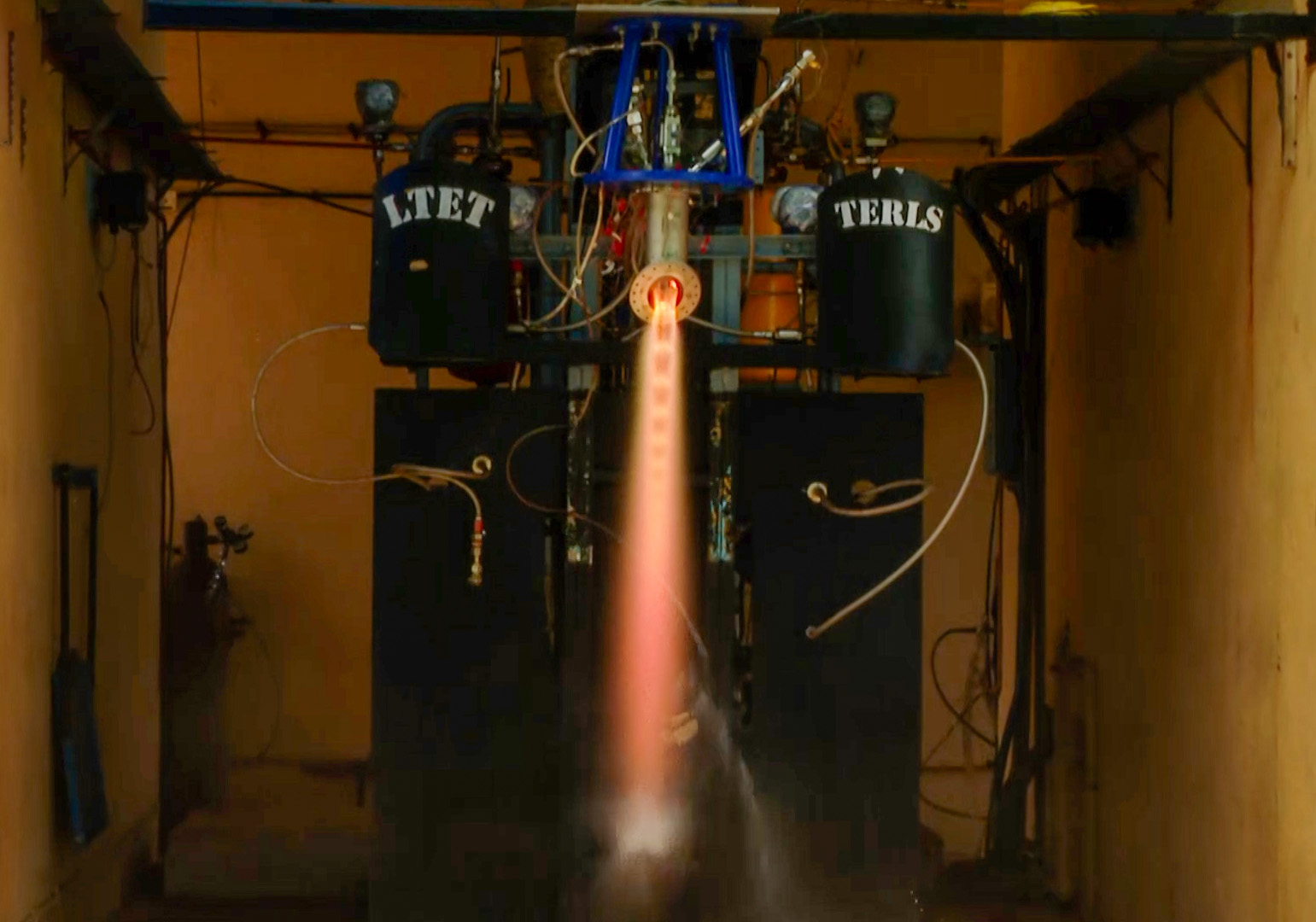JUNE' 2023
June 14:- Dark Matter and Universe
Astronomers discover new link between dark matter and clumpiness of the Universe Imagine the universe filled with invisible stuff called dark matter, holding galaxies together. And picture a giant spiderweb connecting galaxies, called the cosmic web. June 14th, 2023, scientists thought they might have found one explanation for both! They proposed dark matter could be like clumps of familiar but weird particles called neutrinos, all tangled together in fuzzy balls. These "fuzzy dark matter balls" could both build galaxies and leave patterns in the cosmic web, just like scientists see.The "fuzzy dark matter' ' hypothesis is far from a confirmed theory, but it sent ripples of excitement through the astronomy community. If true, it wouldn't just explain two major cosmic mysteries, but also shake up our understanding of fundamental physics. Neutrinos, once thought of as mere byproducts of nuclear reactions, could be playing a starring role in the grand story of the universe.While more work is needed to test and refine the fuzzy dark matter idea, one thing is clear: the quest to unveil the universe's hidden secrets continues, and June 14th, 2023, might just be remembered as the day the ground began to shift beneath our cosmic understanding.

June 21 - June Solstice.
The June Solstice this year occurred on June 21 (Wednesday) at 10:58 AM (Eastern Daylight time). According to Indian Standard Time it was on June 21 (Wednesday) at 8: 28 PM. The word ‘solstice’ in latin means the sun stands still. So what exactly Solstice means is the sun appears to stand still in the sky for a few days. The June Solstice 2023 marked the longest day of the year for the Northern Hemisphere and the shortest day of the year for the Southern Hemisphere. But as the Solstice was during the night time in India, it did not mark the absolute longest day of the year. Some locations might have experienced their maximum daylight hours a few days before or after the solstice due to the Earth’s elliptical orbit. The June Solstice is not on the same day each year. It can occur on 20, 21 or 22 June. The Sun reaches its northernmost point in the sky as seen from Earth on the June Solstice. It means the Northern Hemisphere receives maximum hours of daylight in a year whereas the Southern Hemisphere receives the least. It actually depends on the location where you are in but it is sure that the further north you are, the longer your day will be.

June 3: Caltech and SSDD-1 Spacecraft
Caltech reported the first successful demonstration of solar energy from space via its SSDD-1 spacecraft. On June 3rd, 2023, a groundbreaking feat illuminated the world of renewable energy – the first successful demonstration of beaming solar energy from space. Led by researchers at California Institute of Technology (Caltech), the Space Solar Power Demonstrator (SSPD-1) spacecraft unfurled a massive origami-inspired reflector in Earth's orbit, capturing sunlight and converting it into a concentrated beam of radio waves. This beam was then transmitted back to Earth, where it was successfully received and converted back into electricity at a receiver station in California.The SSPD-1 mission serves as a crucial proof-of-concept for this revolutionary technology. The 9-meter wide reflector successfully focused sunlight with remarkable accuracy, achieving a concentration ratio of over 30,000 times. The beamed radio waves were then transmitted to Earth with minimal energy loss, showcasing the viability of wireless power transmission across vast distances.A solar power collector was launched into space earlier this year aboard SpaceX’s Falcon 9 rocket and has since begun operation. The success of the SSPD-1 mission has ignited a wave of excitement in the scientific community and beyond. The potential benefits of space-based solar are immense. It could provide a clean and abundant source of energy, unshackled from geographical constraints. It could power remote areas, revolutionize disaster relief efforts, and even pave the way for large-scale space exploration and colonization.

June 21: Skyroot Aerospace’s RAMAN-1
The successful flight qualification test of Skyroot Aerospace’s RAMAN-1 engine.In June 2023, a momentous event marked the Indian space industry’s journey: the successful flight qualification test of Skyroot Aerospace’s RAMAN-1 engine. This critical test, conducted at ISRO’s Liquid Propulsion Systems Centre, signified a giant leap for Skyroot, making it the first private company to utilize this prestigious facility.The RAMAN-I, destined for roll attitude control in Skyroot's Vikram-I rocket, underwent a rigorous series of tests, exceeding expectations with flying colors. It fired for a total of 104 seconds, completing 280 engine pulses with varying durations, from a mere 1/17th of a second to a full 60 milliseconds. This demonstrated the engine's remarkable versatility and responsiveness, crucial for maneuvering the rocket with precision during flight.RAMAN-1’s 3D-printed injector plate, a pioneering feat in Indian rocket engine technology, ensured optimal propellant flow and combustion. The engine's compact size and lightweight construction, further enhanced by its hypergolic propellants, made it an ideal choice for precise and efficient attitude control.The successful test of the RAMAN-I engine was a landmark achievement, not just for Skyroot but for the entire Indian space ecosystem.It marked a crucial step towards Skyroot's ambitious Vikram-I launch.
